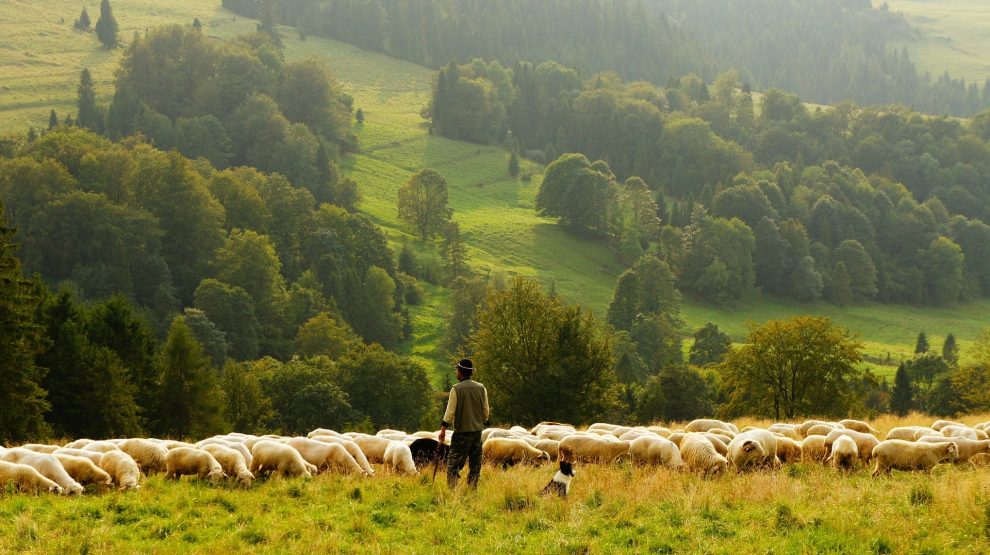Sheep grazing aids in preventing grass from growing enough to cover solar panels at the KIUC solar power plant
You heard it right! The island state of Hawaii in the United States (US) has committed to generating 100% electricity from renewable sources of energy by 2045, a pledge many states in the US and countries around the world have taken, albeit with different timelines.
The United Nations (UN) News and International Labor Organization (ILO) recently travelled to the island state to interview a local power company worker and a sheep farmer with regards to the state’s new renewable energy goal.
Although Hawaii is a remote island with one of the most ancient indigenous cultures, cost of electricity has been steep due to the fact that fuel has to be imported to power the fossil fuel based power projects on the island. The lack on naturally occurring resources for non-renewable power generation puts a strain on the energy tariffs of the state.
“The cost of solar power is significantly lower than a cost of oil-generated power adding that it’s getting cheaper as the technology improves. And, importantly for businesses and domestic consumers, solar power has stabilized prices which before could have fluctuated by 50% depending on the volatility of the price of oil,”said David Bissell, the CEO of KIUC (The Kauai Island Utility Cooperative (KIUC).
Kauai is one of the seven islands that are inhabited in Hawaii. Here, solar power plants lined up on the hills of the volatile island generate power for 70,000 people. KIUC is a non-profit company that runs this solar power plant which has 77,000 solar panels that generate 10% of the island’s power.
The main challenge, however, which is not specific only to Hawaii, but is abundant across the world, is the intermittency of solar power. This is an issue that entities and researchers are incessantly working on trying to solve. The issue of intermittency is attributed to the fact that the sun shines during the day for six or eight hours or more, depending on the coordinates of the place. Electricity is generated as long as the sun shines and the irradiance is sufficient to generate power. But what happens at night, when the sun don’t shine?
Battery storage! This is the answer. The KIUC runs the world’s first utility scale battery storage facility for solar power plant. The energy stored in the battery during peak sunshine hours is then used over a four-hour duration during the peak demand hours of the evening.
How Sheep Help?
Sheep grazing aids in preventing grass from growing enough to cover solar panels at the KIUC solar power plant. Therefore, KIUC and a local sheep farmer have come to an agreement that is mutually beneficial for both parties.
Darryl Kaneshiro, a local sheep farmer, sends out his flock of 350 sheep to graze on the quickly growing tropical grass on the solar power plant area. Without this mechanism the grass will grow too long and cover the solar panels. This will impede the productivity and energy output of the panels. Therefore, this is a win-win situation for the sheep farmer, the utility and dare we say- the sheep!














Add Comment